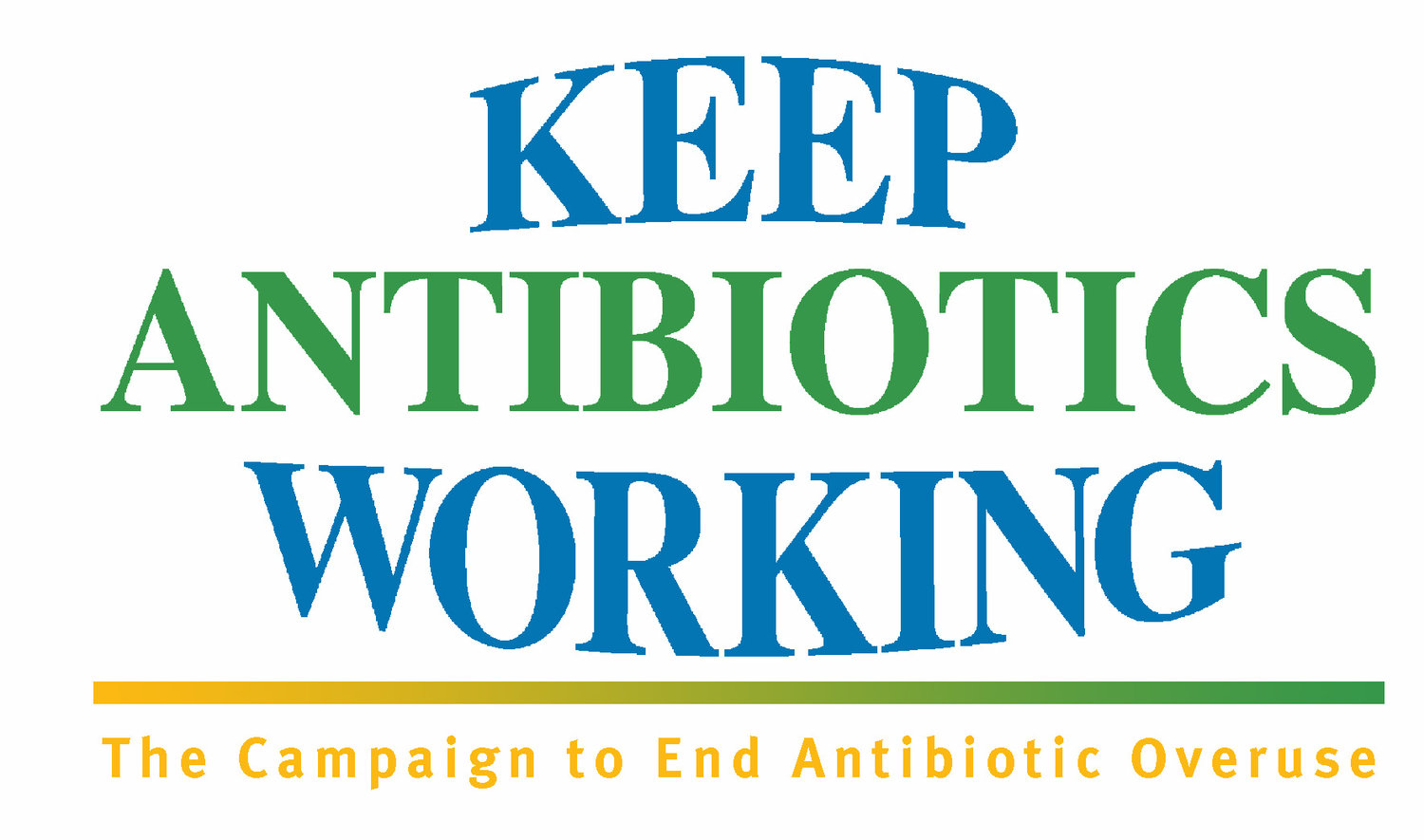All Hands on Deck!
New report highlights the critical role of state and local antibiotics initiatives
Thomas Gremillion, Director, Food Policy Institute at Consumer Federation of America
In a more perfect world, the United States would rival trading partners like Denmark and the Netherlands in developing national policies to curtail animal antibiotic use. In reality, recent federal reforms have yet to yield reductions in use, and public health authorities continue to operate without the most rudimentary data on which drugs are going to which animals.
Only time will tell how FDA Commissioner Scott Gottlieb responds to the antibiotic resistance crisis, but the early signs from the Trump Administration are not good. The President has pledged to cut regulations indiscriminately, and proposed drastic funding cuts for federal programs that address antibiotic resistance. The proposed presidential budget cuts funding for FDA’s Center for Veterinary Medicine, the agency with primary responsibility over antibiotics in agriculture, by almost a third.
Fortunately, the federal government is not the only game in town when it comes to public institutions with the power to change animal agriculture. A new report from Consumer Federation of America shows how advocates are making progress from state legislatures to local school boards. The report is meant to serve as a roadmap for advocates to advance similar legislation and initiatives across the United States. It should also provide a source of encouragement.
Consider California. It boasts the third largest livestock industry in the country, and on January 1, 2018, California farmers will have to comply with new state law requirements that go beyond FDA rules, restricting certain uses of antibiotics for “disease prevention,” and generating important data on the drivers of animal antibiotic use. By demonstrating that real progress is possible, California’s example can fuel similar legislative reforms across the country, many of which are already underway.
Or consider Ordinance 170763, passed by the San Francisco Board of Supervisors just earlier this week. It requires the city’s large grocers, with 25 or more outlets worldwide, to submit reports to city officials on suppliers’ use of antibiotics, including the average number of days of antibiotic use per animal, the percentage of animals treated with antibiotics, and the different purposes for which antibiotics are used. This first-of-a-kind legislation affects some 122 stores in San Francisco—including Safeway, Walgreens, CVS, Grocery Outlet, Whole Foods and Bristol Farms—with impacts on suppliers of these stores around the world.
Or consider the Los Angeles Unified School District. In 2016, it became the first large school district to serve only chicken raised without antibiotics, approving some $50 million in contracts for the chicken in 2017 alone. The reform fits within a broader procurement strategy to support local, environmentally sustainable producers that treat their workers and animals well, and similar strategies are taking root in a growing number of city departments, school districts, hospitals, and universities across the country, some with help from KAW members like Health Care Without Harm.
The prospect of a post-antibiotic future is perplexing, but it need not be paralyzing. Leaders across the country are creating demand for better products and fostering awareness. As more people learn about how animal agriculture is contributing to antibiotic resistance, the opportunities to make meaningful change are growing.

